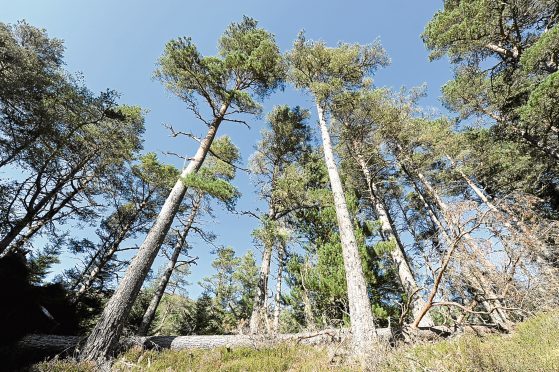Native Scottish pine species are at increased risk from disease when planted next to exotic pine tree species, claims new research.
Scientists from Scotland’s Rural College, SRUC, and Edinburgh University have discovered that the widespread planting of exotic species in dense forests has introduced new races of fungi and raised the treat posed to native Scots pine.
This follows an in-depth study to show how increased numbers of Corsican Pine from Europe and Lodgepole Pine from North America are heightening the risk of disease when planted next to native Scottish Pine species.
SRUC plant researcher Peter Hoebe and Richard Ennos, of Edinburgh University, studied genes in fungi attacking pine needles from a number of locations to determine the diversity and spread of the fungus dothistroma septosporum – the disease responsible for the current outbreak of dothistroma needle blight in native Caledonian Scots pine populations.
They have recommended the removal of exotic species from the vicinity of Caledonian pine populations.
Mr Hoebe said: “While introducing exotic species to Scotland can sound very appealing, there are distinct risks involved. Planting exotic species related to native species reduces rather than enhances the resilience of forests to pathogens.”










